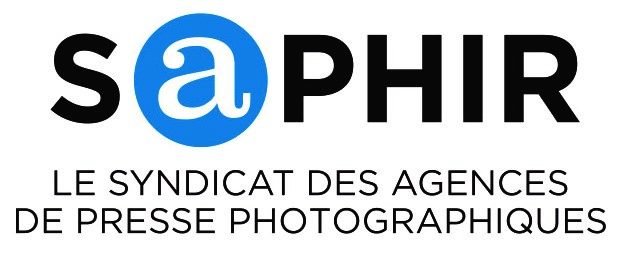Content authenticity has become a key marketing factor in advertising and news In a time of unabated high level piracy and global erosion of trust in content provenance due to “fake news”, “deep fakes” and AI-created imagery.
The aim of this CEPIC Technology Webinar is to provide an introduction to innovative tools that preserve the integrity of digital visual content, from provenance to authorship. Our panel of experts comprised:
Scott Lowenstein, R&D strategist at the New York Times
Andy Parsons, Director, Content Authenticity Initiative at Adobe
Janos Farkas, Founder & CEO at CLink Media
According to a survey conducted by Adobe, 63% of consumers and 72% of professionals think that images online are “frequently faked“.
In this context, Andy Parsons, director of the Content Authenticity Initiative, and Scott Lowenstein, R & D strategist at the New York Times outlined the necessity of sourcing trusted content. Publishers should be “vectors of trust” said Scott. The spirit of the CAI is to “secure sourcing” of content to establish provenance. The way to do it is to use cryptographically verifiable metadata. Examples were shown on how this works. These tools will be integrated in Adobe’s products and provided for free. Andy also explained that the metadata can be stored in the file (more vulnerable to stripping) or in the cloud (less vulnerable but could raise privacy issues). In the cloud storage case there is a fingerprinting technique for recovering/reattaching.
The Authenticity Content Initiative is a coalition. It needs a large partnership to foster standardisation. CLINK recently joined the Content Authenticity Initiative and participates in standardisation. CLINK is a web-based system running on WordPress that allows licensing of content. Janos Farkas, third speaker, founder and CEO of CLINK outlined a “comprehensive metadata framework capable of facilitating content registration, assignment, licensing and monetary transactions for all media types including images“. One task of the system is to check the authenticity, explained Janos, the other is to license. The CLINK system is “starightforward” commented Andy Parsons. It is simple to use as it is based on WordPress. It is comprehensive as it integrates existing technologies and standards.
The webinar will be repeated in a couple of months.
[NB: Kursiv tested the CLINK system and wrote a blog about it: CLink ist ein neues WordPress Plug-in für die Lizenzierung von Inhalten – Kursiv]









